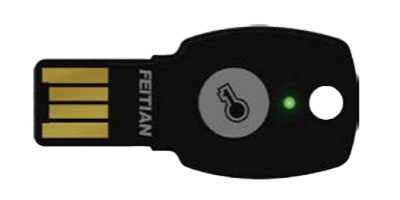What Is an FFKM?
FFKM is a high-performance elastomer (elastomer) that combines the characteristics of rubber and plastic.
It is also known as Perfluoroastomer, and it finds applications in various industries such as the chemical industry and medical devices. This material is highly valued in situations where stringent requirements must be met.
It can withstand extremely high temperatures, typically enduring temperatures of 300°C or higher. This makes it advantageous for use in high-temperature processes and environments. FFKM also exhibits high resistance to chemicals, acids, alkalis, and other corrosive substances, allowing stable use in corrosive environments. Additionally, it maintains elastic properties even under high pressure, making it suitable for pressure-sealing applications. Its excellent wear resistance allows it to maintain durability over extended periods, making it suitable for use in machinery devices like high-pressure pumps and seals.
Uses of FFKM
FFKM, with its high resistance, serves as a high-performance elastomer material used in various demanding environments. Here are some common applications of FFKM:
1. Chemical Industry
Due to its high chemical resistance, FFKM demonstrates excellent resistance to corrosive chemicals, acids, and alkalis. It is used in valves, packings, gaskets, and other components within chemical plants, preventing material degradation and leaks. FFKM is widely utilized in chemical reaction vessels at high temperatures, ensuring material stability and durability.
2. Oil & Gas Industry
FFKM is suitable for use in high-temperature and high-pressure environments, making it applicable in pipelines and gas processing equipment. It is used in well seals and pipeline connection seals, providing a material that can withstand harsh environments. In the gas industry, it is suitable for high-pressure gas supply systems and gas pressure regulation devices.
3. Semiconductor Industry
In the semiconductor industry, where high purity and cleanroom requirements are crucial, FFKM is often used to meet these specifications. It supports precise processes in components such as silicon wafer manufacturing equipment and gaskets. It is also employed in high-temperature plasma processing equipment.
4. Medical Devices
Many medical devices are exposed to high-temperature sterilization and potent chemicals, making FFKM’s high resistance essential. It is used in seals, O-rings, and other components of medical devices, enduring disinfection and cleaning processes. It is particularly suitable for components of high-temperature sterilization equipment used in surgical rooms and dental clinics.
Principles of FFKM
FFKM is made entirely from fully fluorinated compounds, where all hydrogen atoms within the molecule are replaced by fluorine atoms. This imparts exceptionally high chemical resistance, rendering it inert to many chemicals and solvents, and exhibiting resistance to corrosion. Furthermore, FFKM’s high-temperature resistance is attributed to the stabilization of molecular structure by fully fluorinated compounds, suppressing decomposition and degradation under high temperatures. This heat resistance is crucial for applications involving high-temperature processes or heat generation.
Its elasticity allows deformation under pressure in applications such as seals, packings, and O-rings, providing an effective sealing effect. Additionally, its excellent wear resistance ensures long-term performance maintenance.
How to Choose FFKM
When selecting FFKM, considering the required specifications and applications is crucial.
1. Heat Resistance
FFKM is suitable for use in high-temperature environments, generally enduring temperatures of 300°C or higher. Some products can withstand temperatures around 350°C. Considering the maximum temperature of the intended application, verifying the product’s heat resistance ensures the selection of the appropriate material.
2. Hardness
The hardness of FFKM products affects flexibility and pressure-sealing effectiveness. Hardness is measured in Shore A or Shore D hardness, and the optimal hardness is selected based on the application. Flexible products are suitable for pressure sealing, while harder products often exhibit high wear resistance.
3. Tensile Strength
Tensile strength indicates how strong a material is when subjected to tension. High tensile strength provides durability and reliability. When anticipating tensile loads in the application, considering tensile strength helps choose the right product.
